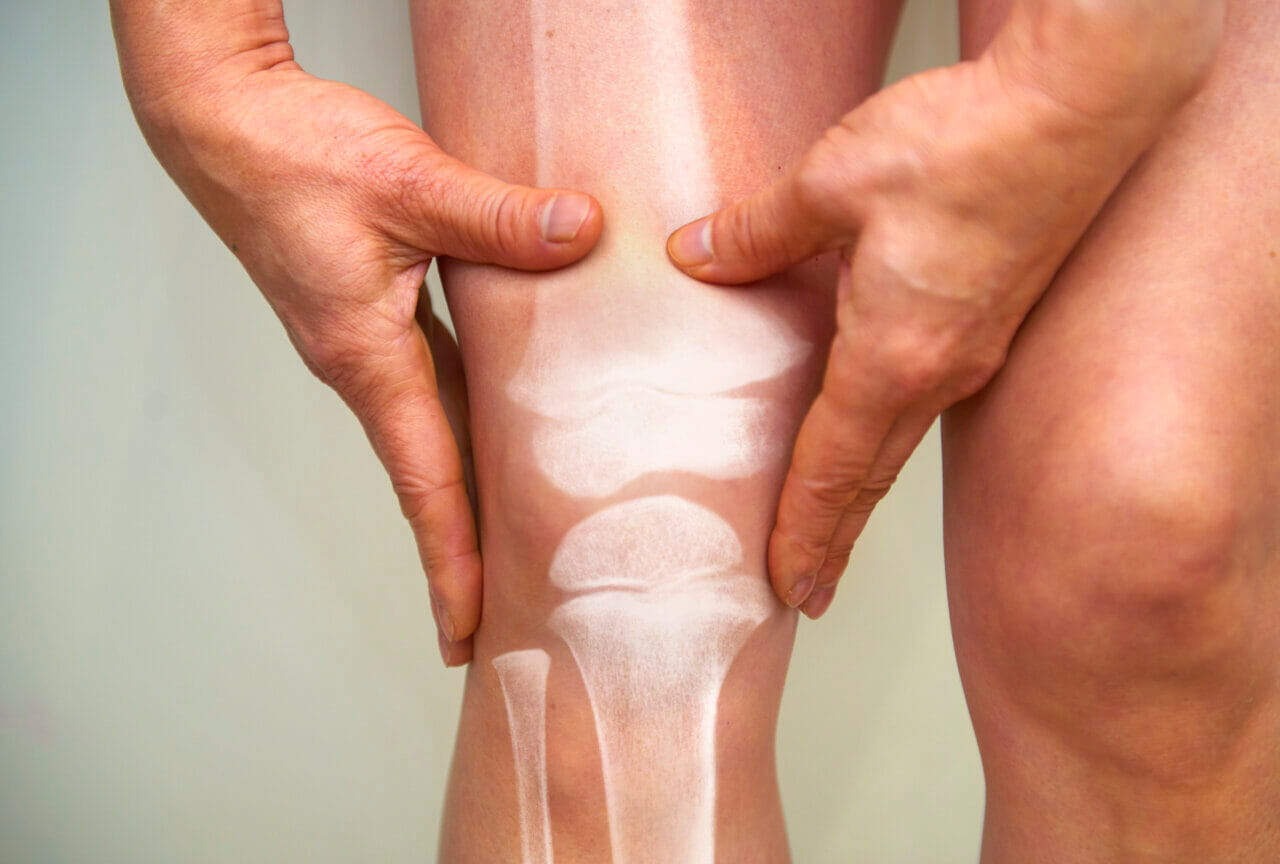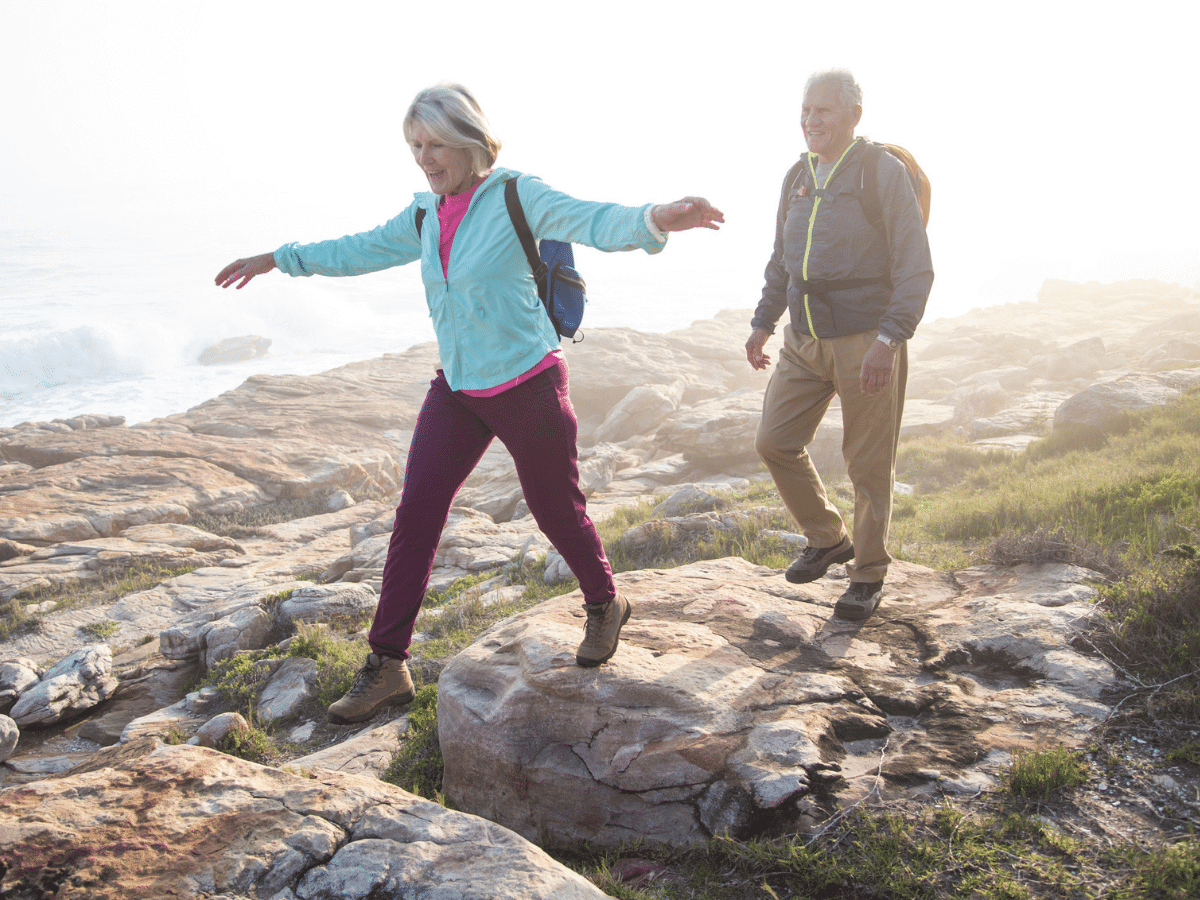What Is Osteoporosis?

It’s common for people to think of bones as a sort of lifeless “framework” that supports the skin, muscles, and organs. In fact, bone is living tissue. And like all tissue, bone is continually broken down and replaced.
Osteoporosis is a disease where the body breaks down bone faster than it rebuilds it. That dynamic leads to weakened bones and an increased risk of fractures.
Osteoporosis at the Microscopic Level
The word osteoporosis combines “osteo” for bone and “porous” for containing spaces. If you look at healthy bone with a microscope, you see a honeycomb-like structure.
In bones affected by osteoporosis, the spaces are significantly larger. Because they have less mass, these bones are more brittle than healthy ones. Consequently, when a person with osteoporosis falls or experiences another type of forceful injury, they’re much more likely to suffer a broken bone. Fractures of the hips, wrists, and spine are common with falls.
What Causes Osteoporosis?
Researchers aren’t sure what causes osteoporosis. What they know is that bones store calcium and other minerals the body needs. To obtain those minerals, the body continually breaks down and rebuilds bones in a process called bone remodeling.
Around age 35, the breakdown of bone starts to outpace the rebuilding. Everyone experiences this change, which causes a slow loss of bone mass. People who have osteoporosis lose bone at a faster rate.
Osteoporosis Risk
Experts estimate that 54 million Americans and 200 million people worldwide have osteoporosis. Anyone can develop the disease, but women are four times more likely to have it. Older women who are past menopause have the highest osteoporosis risk.
Approximately 50% of women 50 and older will suffer an osteoporosis-related fracture. In that age group, 25% of men will break a bone.
Besides age and gender, other factors affect osteoporosis risk, including:
- Family history. If your parents or siblings have the disease, you’re more likely to develop it.
- Race. People of white or Asian descent have a higher osteoporosis risk.
- Frame size. If you have a smaller frame, you’re more likely to be affected by osteoporosis, as you have less bone mass.
- Sex hormone levels. People with lower levels of sex hormones have a higher risk.
- Low calcium intake. You’re more likely to develop osteoporosis if you consume less calcium than recommended.
- Certain medical conditions. People with health issues like celiac disease, kidney disease, cancer, rheumatoid arthritis, inflammatory bowel disease, liver disease, and multiple myeloma have a higher osteoporosis risk.
- Lifestyle choices. If you’re sedentary, use tobacco, or regularly consume more than two alcoholic drinks daily, your risk is higher.
Osteoporosis Symptoms and Treatment
Bone density loss is an internal process that can be hard to detect. However, if you’re an adult who’s 50 or older and you develop back pain, a stooped posture, or a noticeable loss in height, you should talk with your doctor about osteoporosis. The same is true if you break a bone more easily than expected.
If your doctor determines you have osteoporosis, their assessment of your fracture risk will be the primary driver of treatment. In some cases, your physician might simply recommend lifestyle changes. In others, they may prescribe hormonal treatments, bone-building medications, or both.
How to Reduce Your Osteoporosis Risk
Some osteoporosis risk factors are outside your control. However, you can take action to lower your risk.
You should get the doctor-recommended amount of calcium — typically 1,200 milligrams for women 50 and older and men 70 and older. You should also get 800 IU of vitamin D daily if you’re 70 or older. Vitamin D helps your body absorb calcium.
In addition, regular exercise helps you maintain strong bones. It should include weight-bearing activities like walking or jogging and strength training. Exercises that improve your balance are also helpful, as they reduce your fall risk. You can begin focusing on having an active lifestyle at any age, but the younger you are, the more your body will benefit.
Learn More About Osteoporosis from Baptist Health
If you experience osteoporosis symptoms or have concerns about your risk factors, your primary care physician can help. If you don’t yet have a Baptist Health doctor, you can find one near you with our online provider directory.



